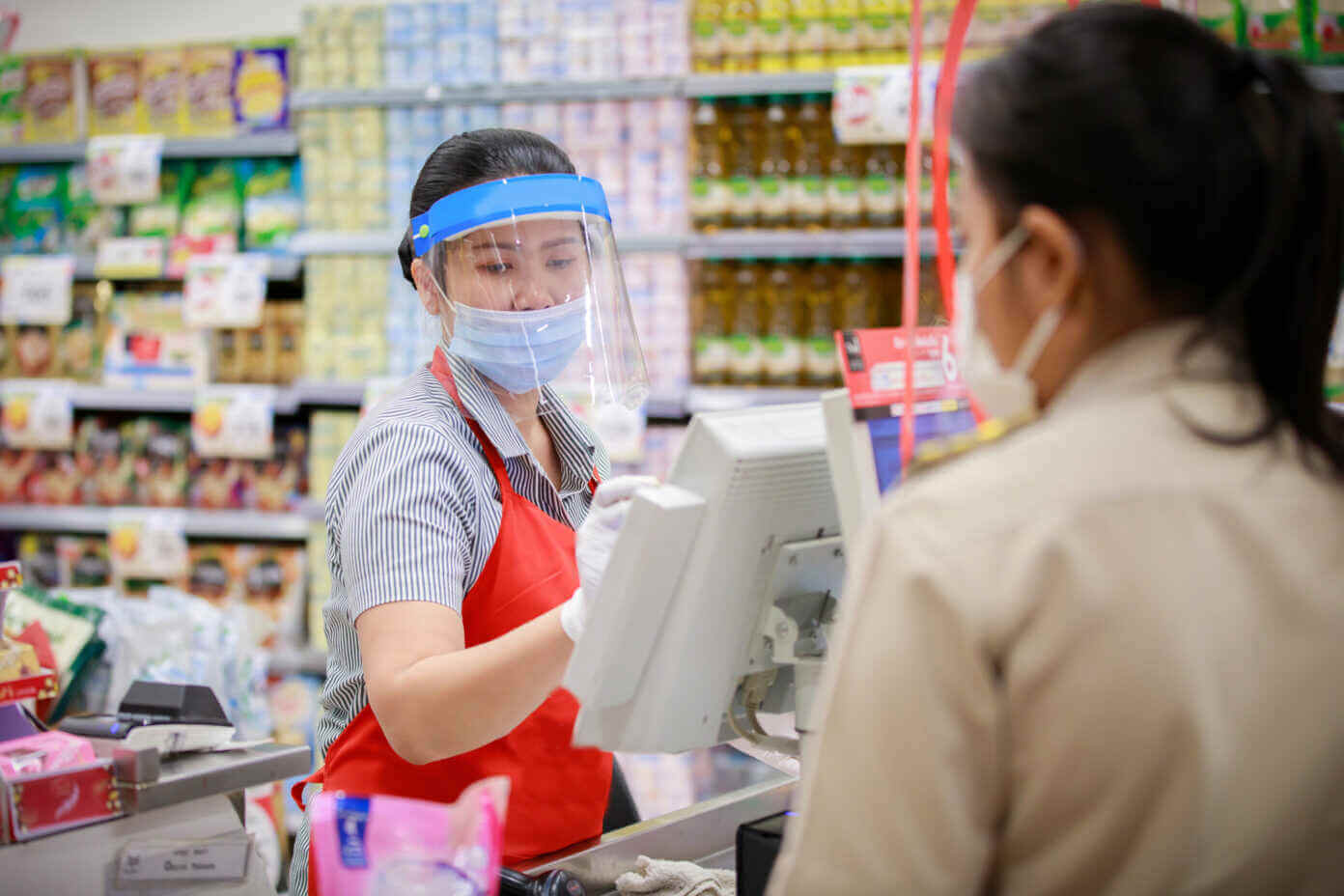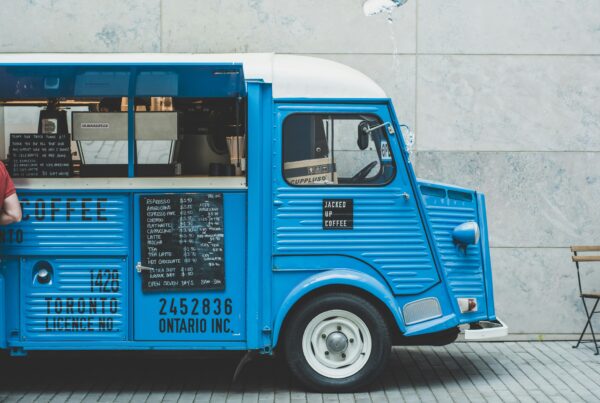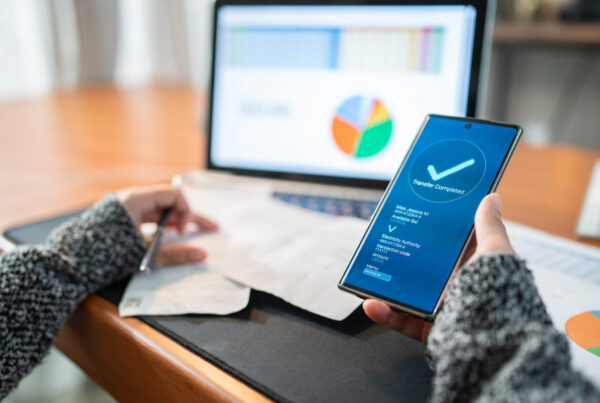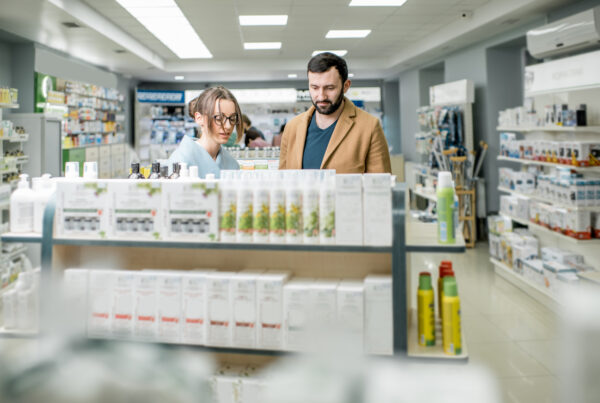The outbreak of COVID-19 caused factories to close, decreasing production, disrupting supply chains, and, as a result, making it difficult for retailers to purchase finished products and sell them.
With the Covid-19 vaccination strategy being implemented simultaneously worldwide, global trade in goods is recovering quickly, and the world economy is expected to recover soon. However, to ensure a future that not only survives but thrives, retailers must anticipate what the post-pandemic world will look like and then begin to transform to accommodate this new reality. This article will answer “How will retail change after COVID?” and discuss how merchants can respond to grow.
How consumer behavior changes due to COVID-19
New consumer behaviors formed during the pandemic can become habits. Although there are still many uncertainties, below are the consumer trends after COVID-19 that retail businesses need to pay attention to and make appropriate changes.
1. Luxury vs. necessity: shift in wallet-share
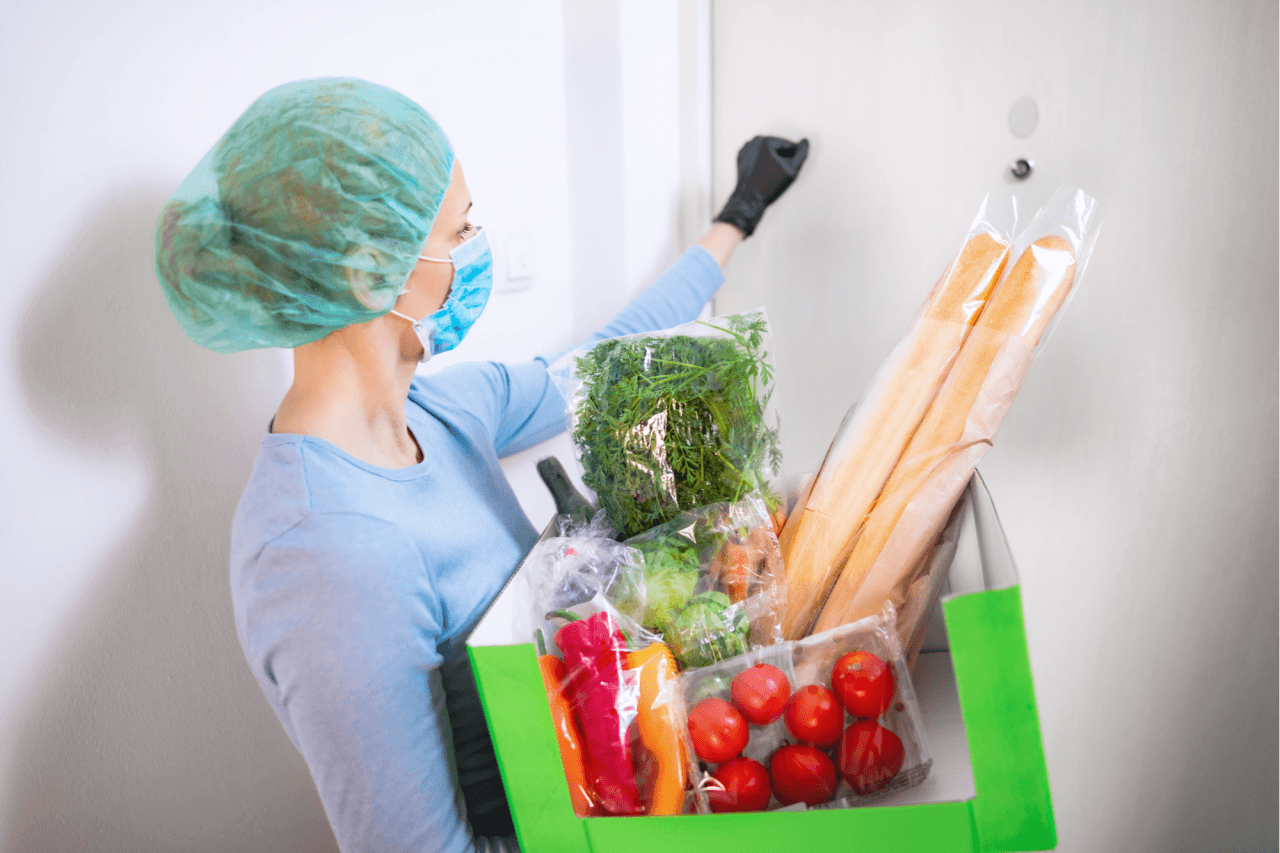
COVID-19 or its variants may re-emerge seasonally and an entirely new pandemic is still possible. Faced with this new reality, customers are more cautious than ever due to:
- Limited availability of merchandise due to store closures
- Financial uncertainty
- Change in price due to change in demand
As a result, customers redirect their preferences and narrow their spending on essentials to save for the future. In addition to daily food, health products are taking up a large share, such as health-promoting, immune-boosting, and hygiene products such as disinfectants.
2. Decreasing favorite brands and increasing preference for local stores
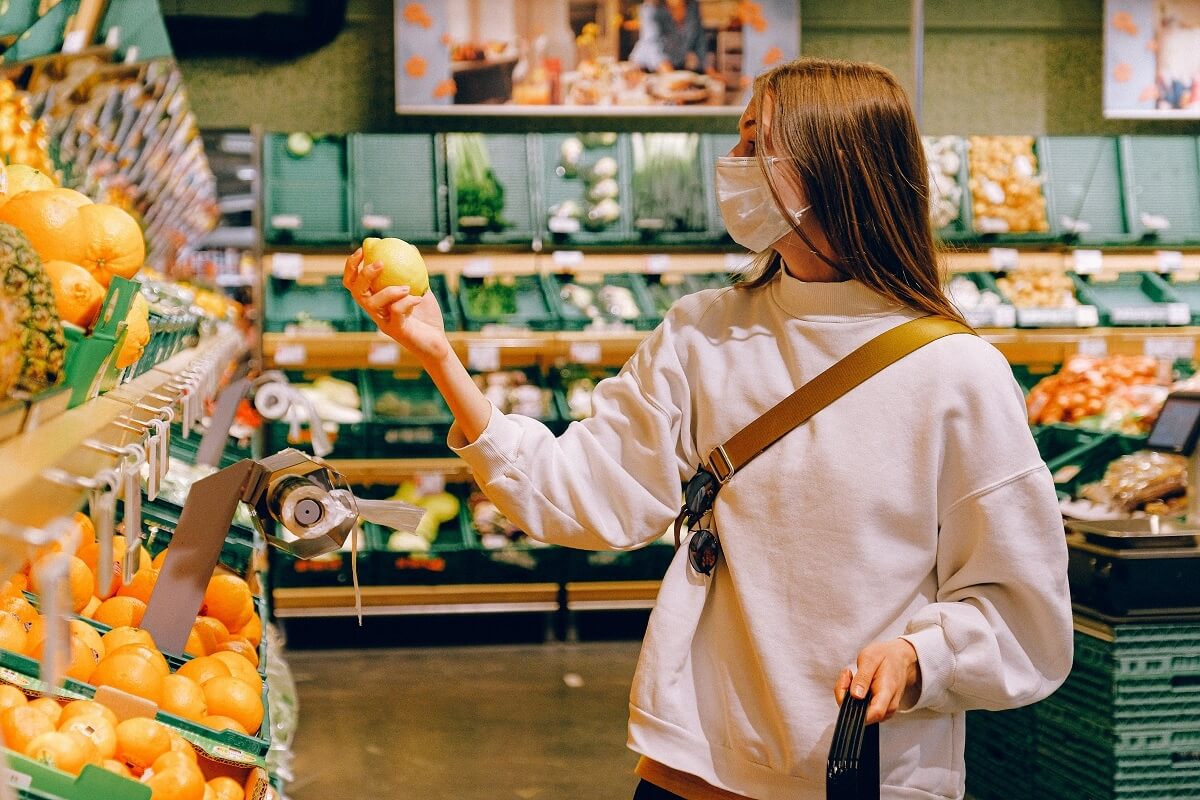
The customer’s preference for a particular brand is decreasing. For example, you may prefer Puppy toilet paper, but any brand is fine when faced with empty shelves.
COVID-19 is pushing customers further away from their favorite brands than ever before. As a result, customers may have entirely new brand preferences after the pandemic or have lower overall brand loyalty.
According to a recent EY survey, customers are increasingly relying on local stores for their everyday shopping during the pandemic to:
- Minimize movement
- Contribute to the local community through difficult times
- Local stores are also a great choice because of the personalization of the shopping experience and higher service standards.
3. In-home products and services

Essentially, being at home changes demand for different goods and services. Some shopping behaviors can become permanent:
- Customers break their daily Starbucks drinking habits. Everyone has learned to cook while being isolated at home and can continue to do so.
- Sportswear and outdoor enthusiasts can continue to exercise at home.
- Community shopping and entertainment areas become less attractive to customers.
4. Online shopping, touchless payment, and delivery
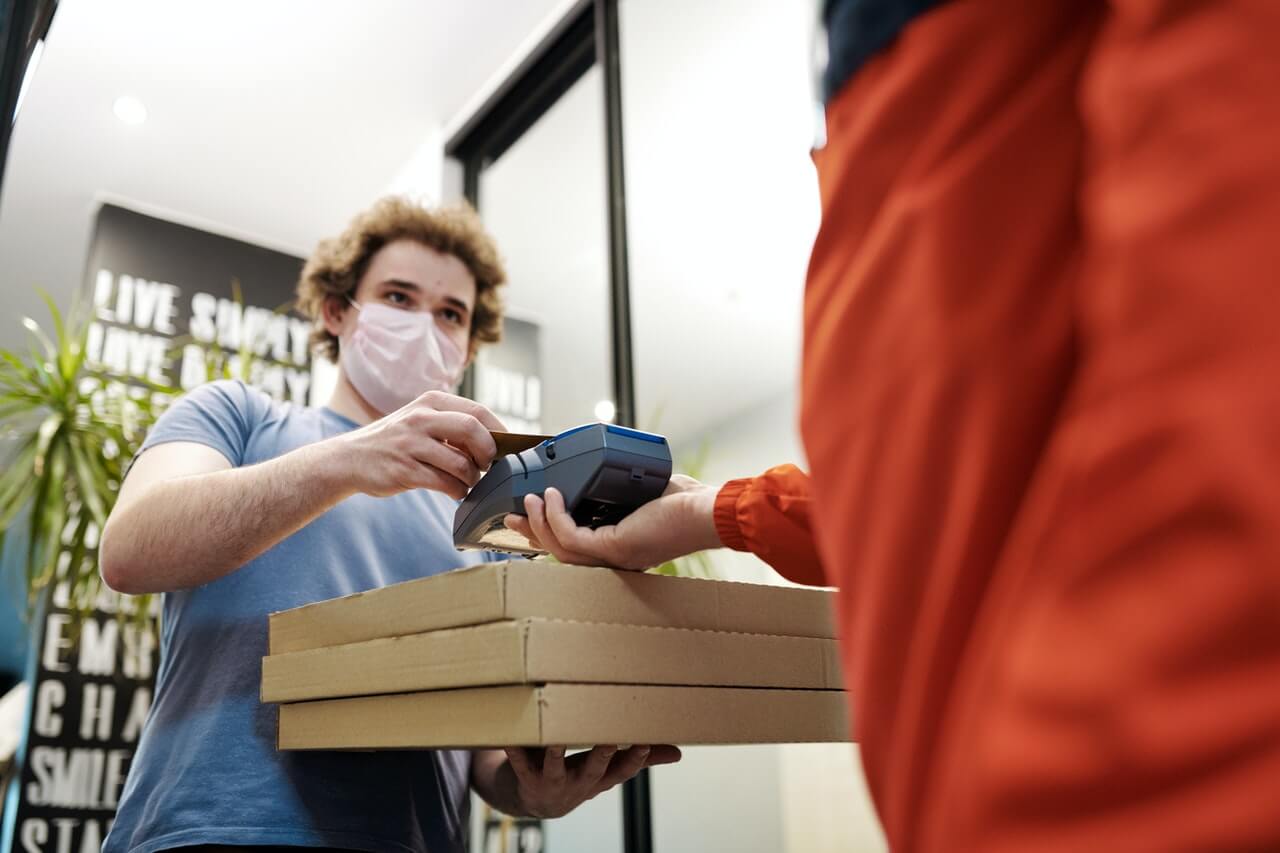
Online shopping and delivery are on the rise so customers won’t need to come into the physical stores. Many people unfamiliar with digital sales have discovered that they like online shopping and will continue to shop online after COVID-19.
According to Euromonitor International’s 2020 Digital Consumer Survey:
- 22% of customers worldwide used a digital wallet to purchase at least one product online in 2020.
- 20% of global customers consider click and collect as their number one priority when choosing to purchase products.
On the other hand, if customers come to a physical store, they may be more hesitant to use keyboards at checkout or public touch screens and less interested in sampling food in stores.
Top emerging retail industries after COVID-19
The impacts of the pandemic affect different retailers and brands in different ways. While some businesses go bankrupt and disappear, here are 3 industries that thrived after COVID-19.
1. Big box retail
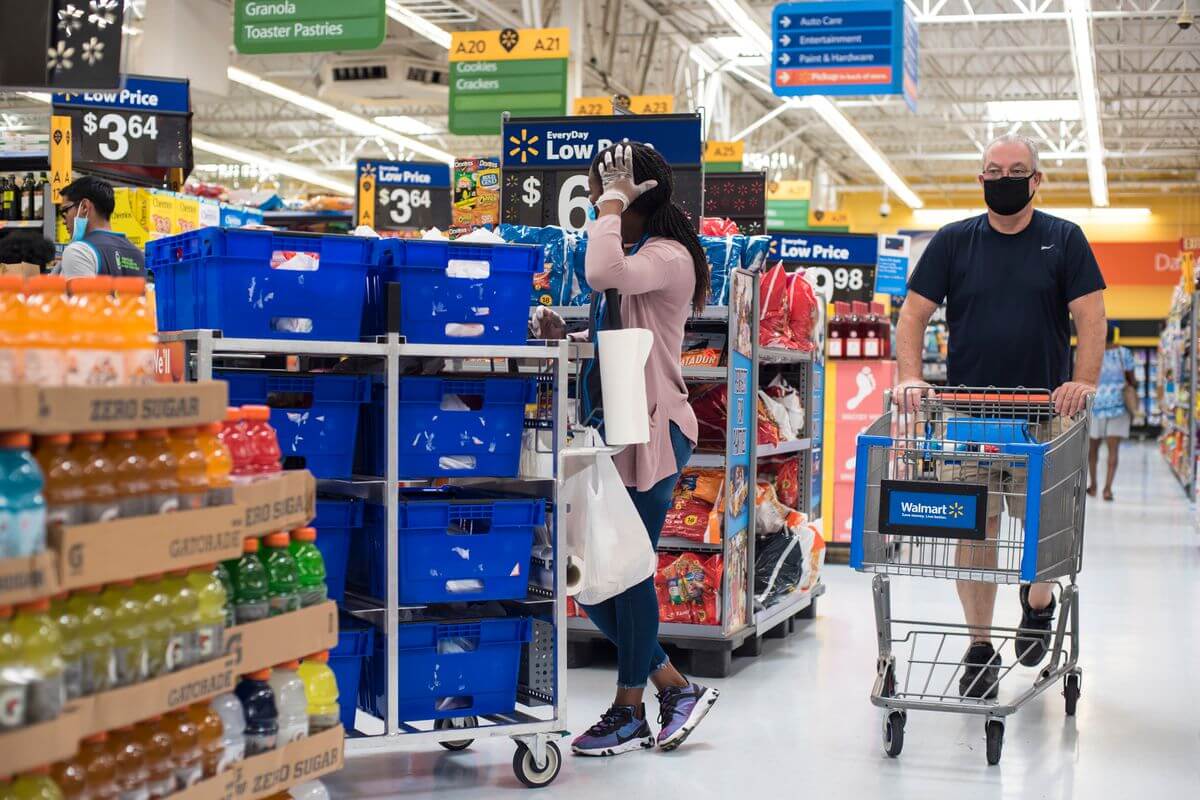
Retailers of non-essential products are forced to close and suffer the economic impact.
Conversely, big retailers like Costco, Walmart, and Amazon haven’t been affected. When the pandemic began, big-box retailers remained open and offered a wide range of products to meet consumer needs. Particularly for electronics, due to the impact of the Covid-19 epidemic and regulations on social distancing, customers’ demand for working facilities and means of communication increased sharply.
But after that, big-box retailers must brace themselves for sustainable economic recovery:
- Motivate large-scale retailers to reinforce their brands
- Apply new market models to drive sustainable growth
- Increase digital traffic
- Maintain customers coming to their stores
2. Grocery stores

With groceries, there was a considerable increase in online orders and home delivery at first.
However, after customers rushed to shop to prepare for the shelter, they stocked up on many products. As a result, as customers use their home inventory, grocery store sales will gradually slow down and are unlikely to recover quickly.
- In the short term, sales of retail stores decrease as customers avoid the possibility of infection and limit access to public places.
- The medium and long-term outlook of the retail industry is positive, benefiting from increased consumer demand.
Once the epidemic situation is under control, groceries can:
- Transit gradually back to regular shopping patterns
- Continue to grow revenue from digital channels
3. Fashion industry
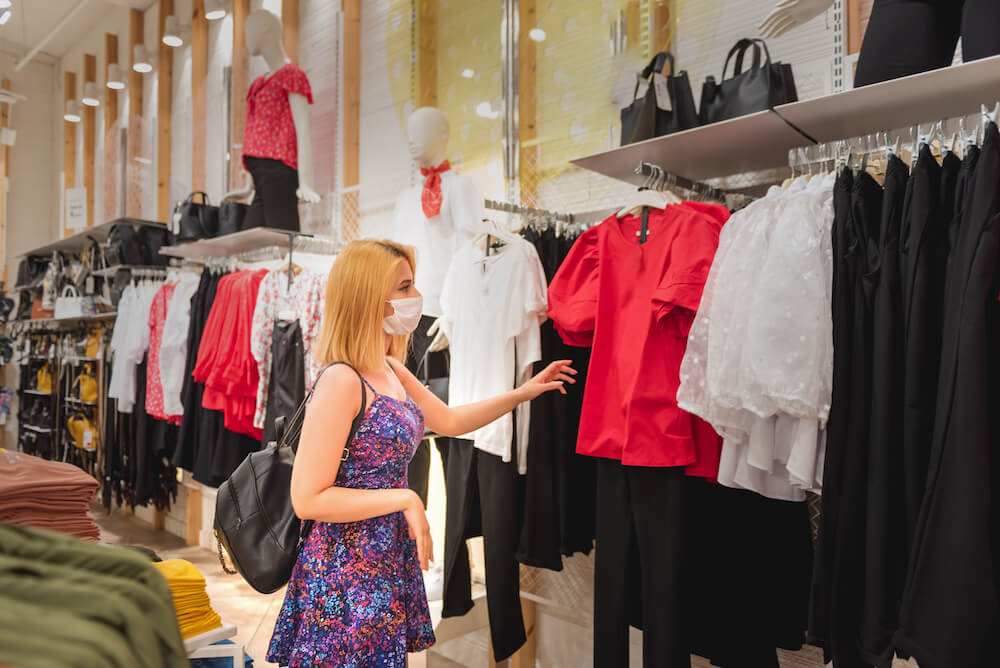
There has been a sales boom in sportswear and comfortable fashion clothing instead of office clothes and casual wear. Some fashion retailers are thriving with their creative strategic approaches post COVID-19:
- Make better use of technology to promote products: Develop 360-degree videos and photos so customers can see and fully experience a product before buying. For example, online homeware retailer Boohoo has dramatically increased sales with its ‘Zoom-ready’ smart shirt option.
- Diversify and digitize software: Create responsive production planning based on demand and supply to avoid overstock.
- Expand omnichannel: Maintain sales continuity and manage inventory in real-time with a modern POS system for clothing stores.
How merchants thrive after COVID
Many retailers have taken advantage of market changes following COVID-19 to differentiate the business model. They detect gaps in the market and buying trends for:
- Business transformation
- Service diversification
As customers gradually move the entire purchase cycle to online platforms and minimize physical contact, retail industries need to prepare and apply the following implications for business and meet digital changing demands.
1. Offer self-servicing delivery
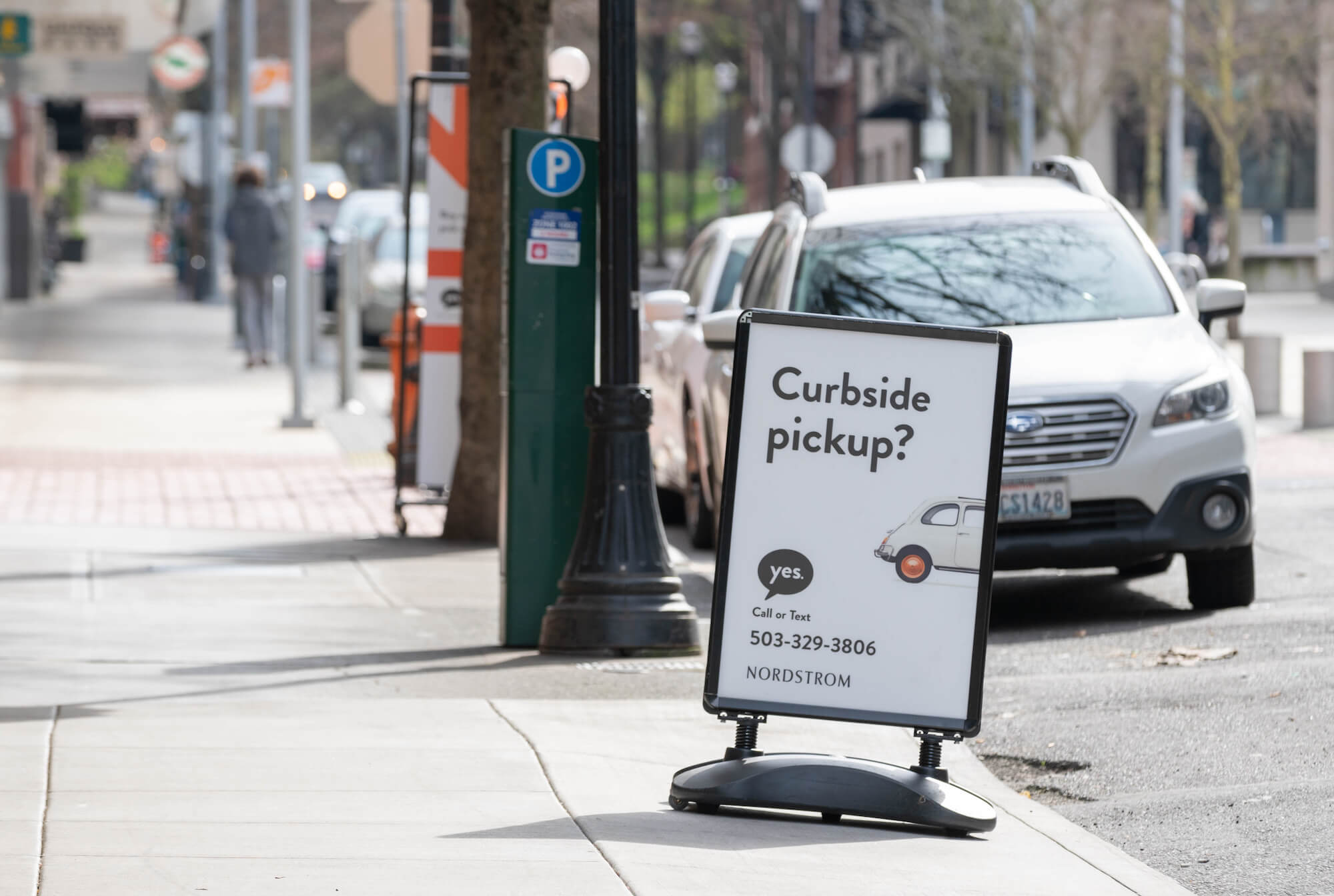
Before the pandemic, retailers had always put customer convenience first. However, social distancing promotes the development of self-service models among customers more than ever before. Brick-and-mortar retailers are facing a prolonged drop in their in-store traffic.
Meanwhile, the online shopping boom has brought greater demand for delivery or the following options:
- BOPIS (buy online, receive in-store)
- BOSS (buy online and ship to store)
- Curbside pickups and drive-through
The curbside car isn’t just a suitable model for restaurants, pharmacies, and grocery stores. Big names like Dick’s Sportswear, Best Buy, and Kohl’s have also added this option to make shopping safer and more convenient for customers and increase sales. At the same time, retailers should explore more pickup options to keep delivery costs under control in profit margins.
2. Accept contactless and online payments

Before COVID, customers used online payments as an option rather than a necessity.
During COVID, contactless and digital payments have become mainstream because of their security, speed, and safety. For example, customers prefer contactless and mobile payments rather than cash handling or touching POS terminal keypads.
Some retailers were quick to respond with dramatic moves:
- Walmart converted their self-checkout station systems to contactless.
- Publix Super Markets accelerated its digital transformation to accept contactless payments.
After lockdown restrictions are eased, this demand for contactless payment is likely to persist. As a result, retailers have accepted many forms of online payment, including:
- Digital gift cards
- Contactless payment
- Virtual terminals
- Telephone orders
- Card-on-file payment
- Online payments (Venmo, PayPal, and Apple Pay)
- Mobile wallet payments
- Digital invoicing
You can read more at 9 ways for retailers to accept payment safely during COVID-19.
3. Accelerate eCommerce
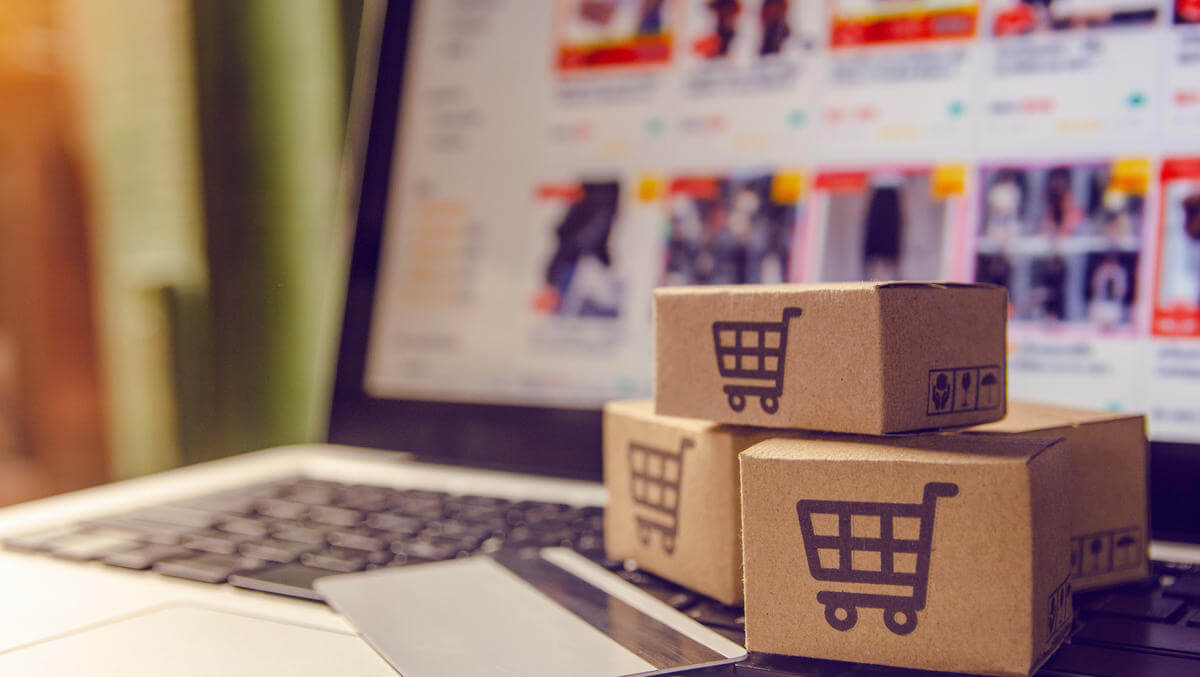
One of the most profound behavioral changes in retail is the shift to digital. COVID-19 accelerates eCommerce adoption. In isolation, many businesses are forced to experiment and depend on online channels.
- It’s no surprise that global eCommerce sales are being driven by the closure of physical retail stores for goods, services, and entertainment.
- For retailers with the ability to move and market their businesses online, now is the time to maximize sales.
Some needs and habits will return once the ban is lifted. However, many customers will permanently switch to eCommerce, as in Korea after the MERS outbreak in 2015.
4. Apply omnichannel strategy
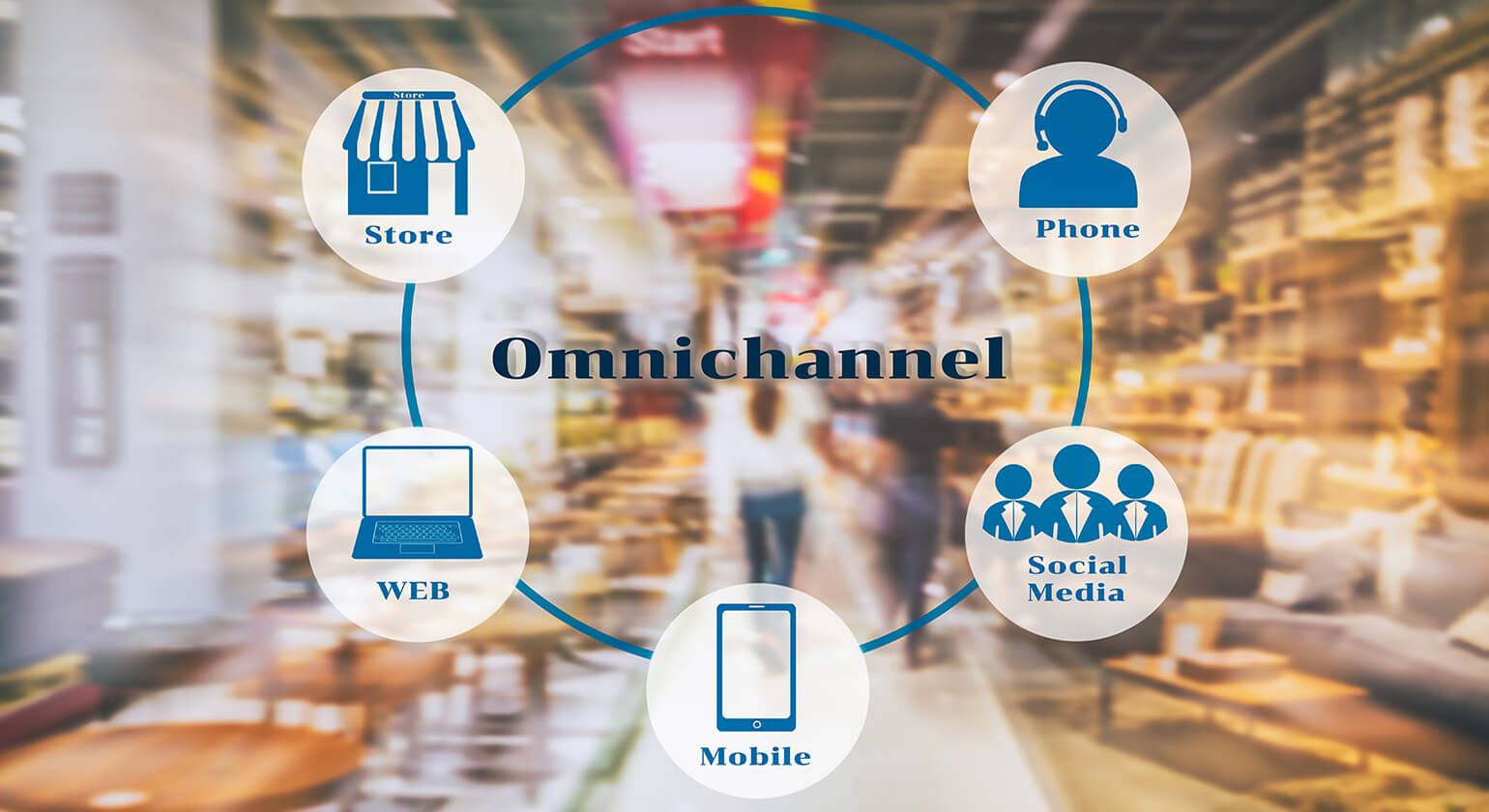
Customers can access and have a wide variety of alternatives products online. Therefore, poor customer service, out-of-stock situations, and delayed delivery are the deadliest points to terminate the relationship with customers immediately.
Many retailers have a hard time ensuring a point of delivery, continuous product inventory, and long delivery times. Understanding this, successful retailers will take advantage of the opportunity to capture a larger market share by applying omnichannel strategy and implementing powerful retail management software such as Magento eCommerce to:
- Change price
- Streamline discounts and promotions between online and offline
- Track inventory in real time
5. Blend future technology and trends with commerce

After retailers have weathered the COVID-19 storm, you may not survive its consequences if you don’t adjust your long-term strategies. Retailers will compete to retain old customers and attract new ones. An increasing number of innovative retail businesses are introducing digital innovations to boost their brands and drive sales, including:
- Using robots and machines to reduce human-to-human interaction: In China, Meituan Dianping, a delivery app, is using self-driving cars to deliver grocery orders to customers.
- Adopting virtuality – the new reality: With no physical stores, customers have to use AR and VR apps to choose and try on products such as cosmetics, fashion, and furniture. For example, IKEA acquired an AR company that allows customers to visualize interiors in the privacy of their homes and create comfort. According to a Coresight 2020 report, customer spending on virtual reality technologies has reached $7 billion.
- Building online community: Many retailers are encouraging their customers to interact in online quizzes, exercise routines, virtual meetups with celebrities, cooking classes, and book groups.
COVID-19 highlighted the critical role of technology to both customers and retail businesses. While it’s not clear for retailers about the timing of the outbreak and the potential speed of recovery, the technology is here to stay. It helps both parties continue to adapt and operate under such conditions.
Conclusion
In response to the COVID-19 pandemic, the near-global shutdown is impacting the retail industry in ways we could never have imagined. Even if the economy recovers, retails and customers could experience an economic scar that lingers for years.
The retailers that survive the COVID-19 crisis are the ones who see the current situation as an opportunity, no matter what scenario they are facing. They’re innovating to help customers overcome the crisis. In that situation, value-driven brands win. And the emerging retail industries after COVID-19 may be big retail, grocery, and fashion sections.
Besides, technology will bring the most pronounced long-term effects of the global pandemic because technology must go first to help retailers get up to speed and become more agile.
